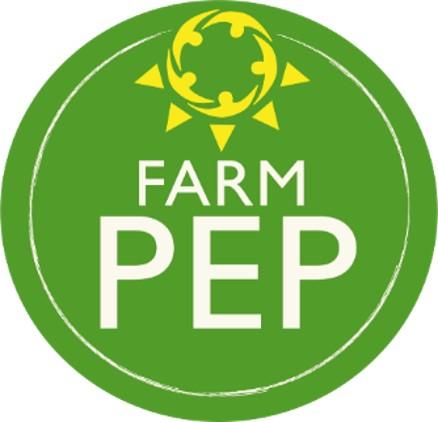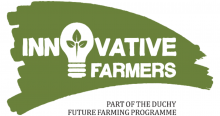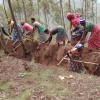What Ideas do we have for improving crop nutrition?
- Local or regional benchmarking of grain analysis & soil metrics
- LearN-type tramline trials testing 50 kg N/ha more or less, in light of higher N fertiliser prices
- Testing N efficiency products - eg urease inhibitors
- Patch testing of fertiliser products & micronutrients - see below
- Product Application Patches (PAPs) & Product Omission Patches (POPs)!
- Line Trial Micronutrient applications in response to apparently deficient soil, tissue and/or grain results
- Using crop sensors and monitoring to inform nutrient status
- Leaf Colour Charts
- BRIX meters
- Satellite sensing - Mercury
- Leaf Tissue testing
- Crop Nutrition Challenge
- Slot trial where teams compete for the most profitable nutrition program, like the Fungicide Challenge
- Working at Catchment level, eg with Anglia Water
- Fertiliser placement with DAP (&/or other P/K products) in spring crops
- Living mulches - using clover understory or undersowing with lucerne
Patch tests for P and K
- With high grain prices, it’s worth paying extra attention to optimising crop nutrition
- YEN Nutrition grain analysis data suggests many crops may be deficient in P, and some in K
Why not try a patch test to evaluate the effects of fresh soil P or K applications?
- Choose a field with historically lower P or K indices
- Keeping in mind the underlying variation across your field, choose an even area to locate your trial
- Mark a patch – two tramlines wide and 60-100m long – with flags in the wheelings
- Either apply soil P or K to this patch and not to the surrounding field, or apply to the surrounding field and miss this patch
- Record the positions of the four flags, e.g. with a mobile app such as ‘GPS coordinates’
- Photograph any visible differences between the patch and the surrounding crop; to look for effects, you can also use satellite imagery (e.g. www.datafarming.com.au)
- Share your ideas and questions about your trial, and compare your results with other farmers’ experiences in the comments section of this page
Farm PEP Trial Tool
ADAS are developing a ‘Farm Trials Tool’ to make it easier for you to trial ideas in your farm, and help you analyse yield map data to determine the results of your patch test. The software is being developed, and a prototype version should be available on the Farm-PEP website by harvest 2023.
We want to make sure the final product is useful and meet the neds of farmers and advisors, so we would love to get your feedback! If you are interested in having your say and helping us design these ‘Farm Trial Tools’, you can join our autumn-winter workshops; in these online, hour-long events we will discuss your requirements and share early prototypes of the software for you to comment on. Join our list by contacting [email protected].









